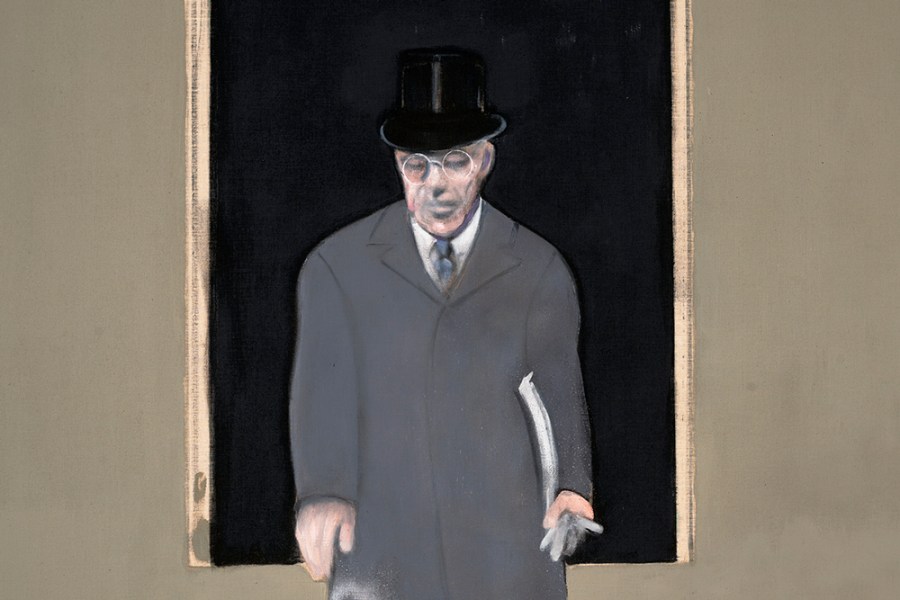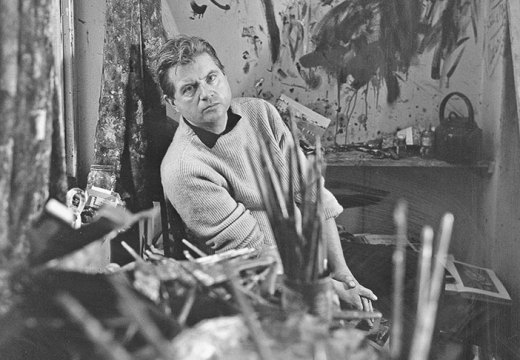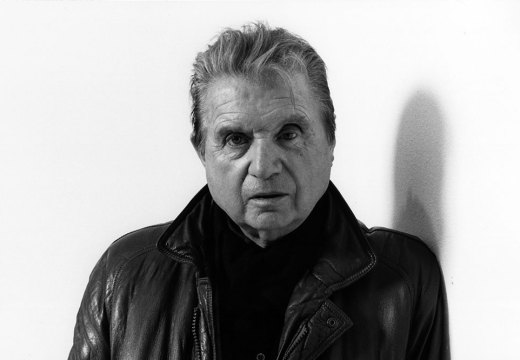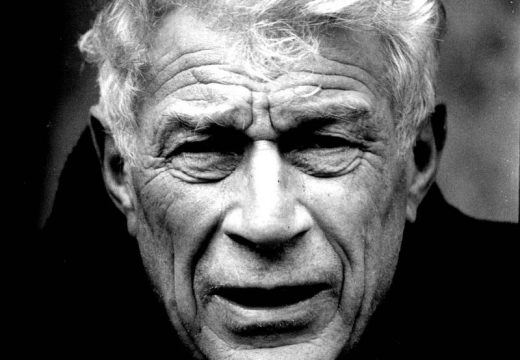Introducing Rakewell, Apollo’s wandering eye on the art world. Look out for regular posts taking a rakish perspective on art and museum stories.
It was not an enormous surprise that an exhibition of works by Francis Bacon at the Royal Academy that is supported by Christie’s should swiftly be followed by an announcement of the auction house offering a large work for sale. Triptych 1986-7, whose central panel depicts the artist’s partner John Edwards, with Woodrow Wilson on one side and the assassinated Trotsky’s study on the other, is being offered in the sale that takes place on 1 March with an estimate of £35m–£55m. Nor is it a surprise that an auction house should drum up interest in one of their lots using superlatives. But Rakewell was a little taken aback by the claim on Instagram from a Christie’s specialist that ‘Francis Bacon is unmistakably one of the greatest painters of the 20th century.’
John Berger opened a review of a Bacon exhibition at the Hanover Gallery in 1952 with the line, ‘It has always been Francis Bacon’s very considerable reputation – not his work – which has puzzled me.’ In another review he writes, ‘Bacon’s art is, in effect, conformist. It is not with Goya or Eisenstein that he should be compared, but with Walt Disney.’
It is curious that an artist who has left so little for subsequent generations to inherit so excites contemporary viewers. His work, as the show at the Royal Academy reveals, is amazingly consistent in tone. The darkness of the human spirit is energetically displayed in every work and the dedication to depicting it suggests seriousness.
There is no denying his commitment: mutilated figures and claustrophobic frames fill each canvas. His technique is difficult to parse as the violence he tries to depict seems also to have been carried out, hidden in his studio. Tales of Bacon running at his canvas to get an effect with his shoulder proliferate. But is this insistence on a surface of violence really an expression of profundity?
By the end of his time thinking about Bacon, Berger had come round to a different view. Visiting ‘Sacred and Profane’, the exhibition of Bacon’s work held at the Musée Maillol in Paris in 2002, Berger wrote, ‘Last week, as I walked backwards and forwards before the paintings in the rue de Grenelle, I perceived something I’d not understood before.’ The thing he understood was the pitilessness of Bacon’s vision, ‘Nobody painted by him notices what is happening to somebody else painted by him. Such ubiquitous indifference is crueller than any mutilation.’ There is no denying the power of this vision, but is it, ultimately, what greatness is made of? It might be a mistake to dismiss Bacon; equally to not question his work seems just as much of a mistake. In the words of another evasive modernist, is this the best we can do?
Got a story for Rakewell? Get in touch at rakewell@apollomag.com or via @Rakewelltweets.
Unlimited access from just $16 every 3 months
Subscribe to get unlimited and exclusive access to the top art stories, interviews and exhibition reviews.














![Masterpiece [Re]discovery 2022. Photo: Ben Fisher Photography, courtesy of Masterpiece London](http://www.apollo-magazine.com/wp-content/uploads/2022/07/MPL2022_4263.jpg)
It’s time for the government of London to return to its rightful home